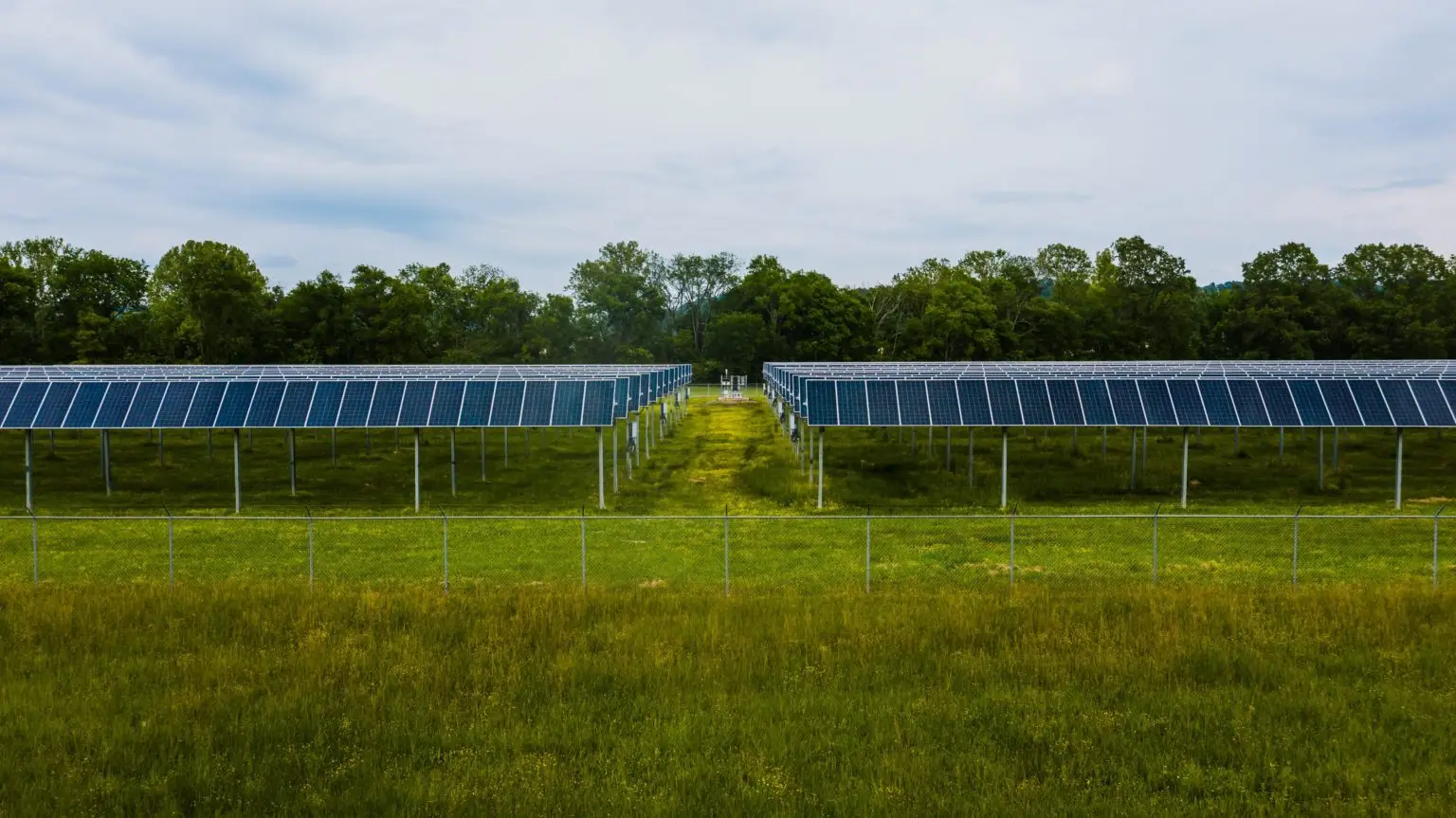What Is the Process for Setting up a Community-Solar Project?
When you subscribe to a community-solar farm, you avoid the costs of purchasing and installing solar panels on your home. As a subscriber, you pay the cost of the subscription to your local solar farm and apply purchased credits to pay down your conventional utility bill, typically saving the subscriber between 10 and 15 percent.
The developer is responsible for the installation, maintenance, and upkeep of the solar farm. So, while the community-solar model is a relatively simple concept and highly beneficial to subscribers, it requires a lot of forethought and planning to actuate. Below is a brief look at the process through which community-solar projects get developed.
Research
Anyone interested in developing a solar farm needs to be well prepared with a business plan and an understanding of the legal requirements. The person or persons in question must form a company that will provide legal protection for the endeavor. They must in turn seek the proper permissions for developing a solar farm. Additional market research is required to understand what other providers operate in the area under consideration and how many homeowners and renters are likely to subscribe to the solar farm.
Site Selection
When a community-solar company wants to develop a community-solar farm, the company must find a site that meets a number of important criteria. The first criterion is that the parcel of land to be developed is large enough to accommodate enough solar panels for the project. Estimates put this size between at least six and fifteen acres. (The size of the land will depend on whether the solar farm is community scale or utility scale.
Community-scale solar farms generate around 5 MW of power for local businesses and homes. By comparison, one utility-scale solar farm in Idaho lies on 324 acres and generates 40 MW of power.) The land should be flat and have maximum exposure to the sun. Additionally, there must be access to the power grid nearby. The developer and landowner agree to lease terms, and the solar farm gets developed on the property.
Time Frame
How long does it take to build a solar farm? The answer varies by project, but it can take between two and five years. The first one to four years alone are dedicated to researching potential sites, gathering the necessary permits, and designing the solar farm. Once these components are in place, the developer hires an engineer, procurement, and construction (EPC) contractor, who is ultimately responsible for the development of the site. This phase takes between six and ten months to complete.
Construction is completed in as little as four to six months. The phase known as interconnection is the process by which the proper infrastructure is verified for the solar farm to work properly. Interconnection runs across the development process and takes two to twelve months to complete. It is during interconnection when subscribers start signing up for community solar.






